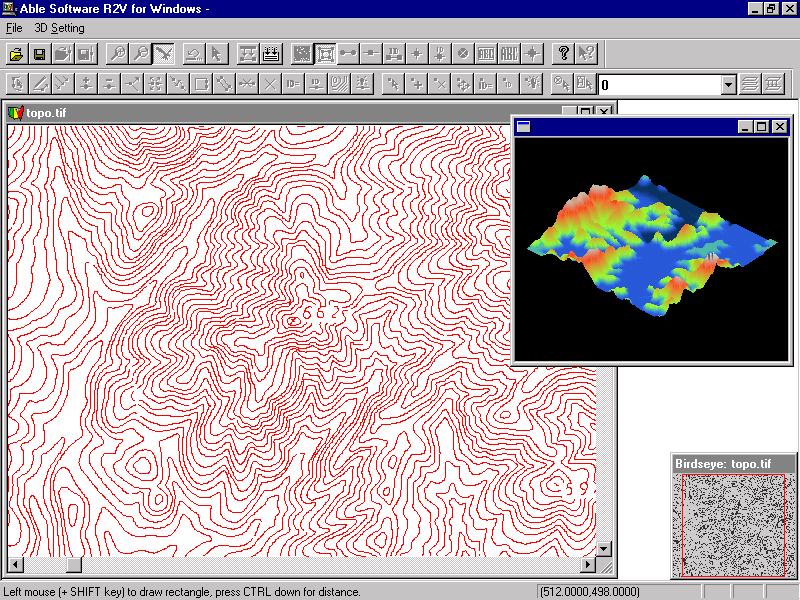
The concept of the linear feature extraction algorithm is to detect man-made features in a desert region characterized by a relatively large area with similar land cover (such as the. After clicking Run, the vectorized raster will appear in the table of contents. From here, you’ll have to select the output of the raster to a point, line or polygon. The vector layer will likely contain thousands of individual polygons that will not be efficient to process. Double-click the tool and select the raster that you want to convert to vector. It is rarely a good idea to convert continuous raster data to a vector layer. From here, you can follow these same steps for vectorization. Traditionally one would have used ArcScan in ArcMap to aid in vectorization of b&w rasters, such as you are showing. An automatic algorithm was thus devised to extract anthropogenic linear features of interest from the SAR imagery and convert them from raster to vector format. The Raster to Polygon tool will convert your raster layer to a vector later with an attribute table. Using a temperature raster as an example, when you group values from as 0 and as 1, you are turning it into a discrete raster.
#Convert raster to vector arc map how to#
If you want to learn how to vectorize a continuous raster, this will take a bit of effort to reclassify cells essentially grouping them into discrete forms. In a nutshell, this tool digitizes the raster for you to convert it to a vector.

After clicking “Run”, the vectorized raster will appear in the table of contents.Īs a reminder, vectorization creates all the necessary vertices and paths as shown with the building outlines. I’ve been trying to recreate this ever since but can’t. The Imagery tab provides access to functions that you can use to perform analysis and process your data. After achieving your desired results, you can save the layer to disk. I was able to convert this to a raster layer (pic 2) that looks visually identical to the input layer. You can apply raster function to all types of images and rasters, and the output will be a function raster layer visible in the map display and listed in the Contents pane. Last week I symbolized some census trac polygons as dot density (pic 1). From here, you’ll have to select the output of the raster to a point, line or polygon. Polygon (symbolized as dot density) to raster. Further to this, other providers like GRASS GIS, SAGA GIS, and Orfeo toolbox brings additional firepower to the table.ĭouble-click the tool and select the raster that you want to convert to vector. SHP, DXF) to a raster grid (GRD) in Surfer Click Map New Base Map, select the SHP file and click Open. QGIS comes loaded with algorithms and plugins for you. Here’s what the raster buildings look like in the table of contents: When we have a raster data set like our buildings layer, it’s a matter of adding it to QGIS. The raster dataset can be converted to vector point, polyline or polygon.


Let’s go in reverse this time and take a discrete raster and convert it to a vector. The process of vectorisation refers to the conversion of raster to vector dataset.


 0 kommentar(er)
0 kommentar(er)
